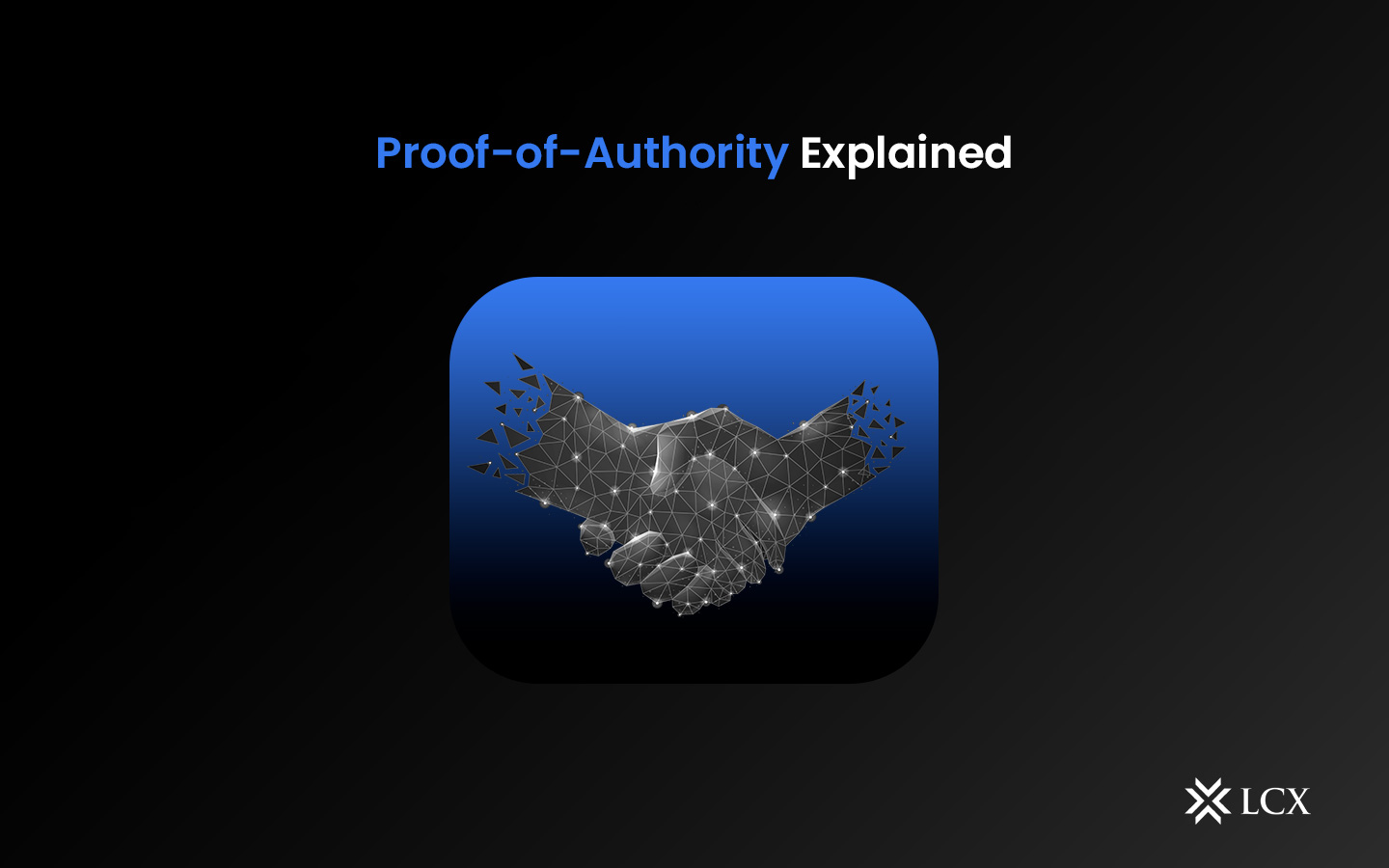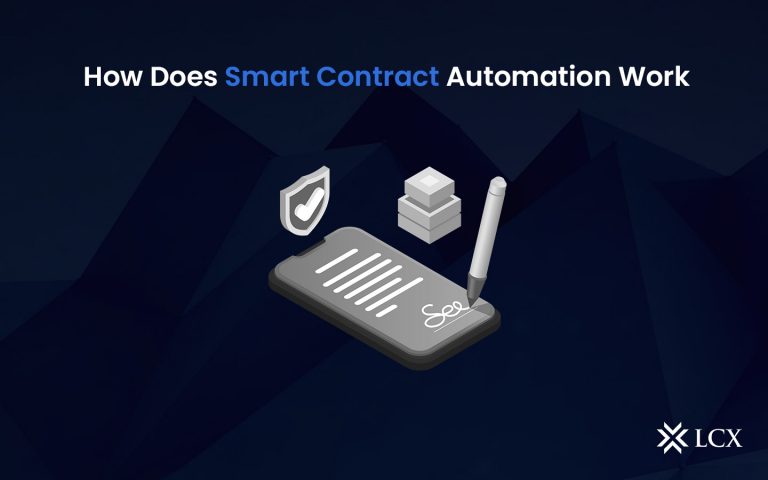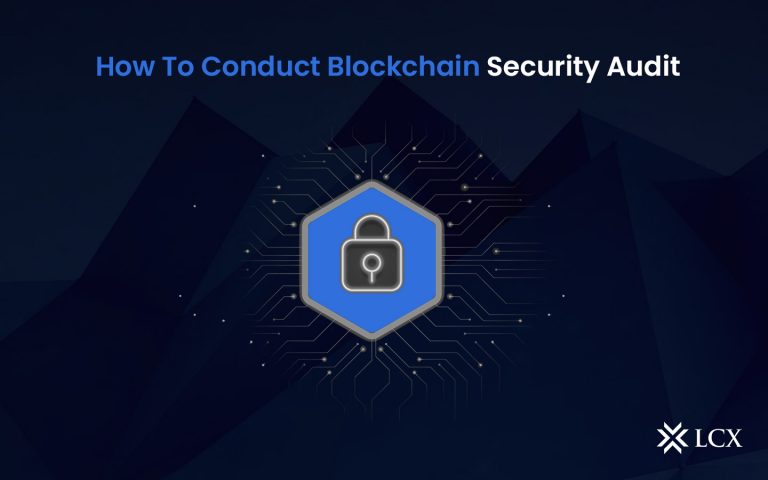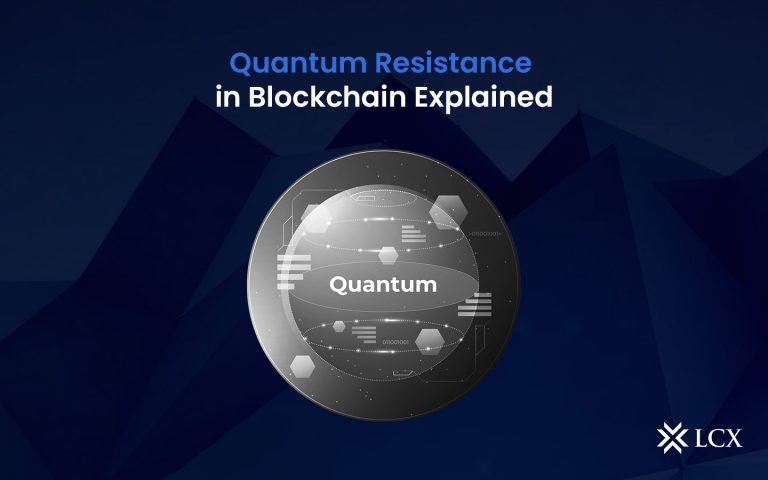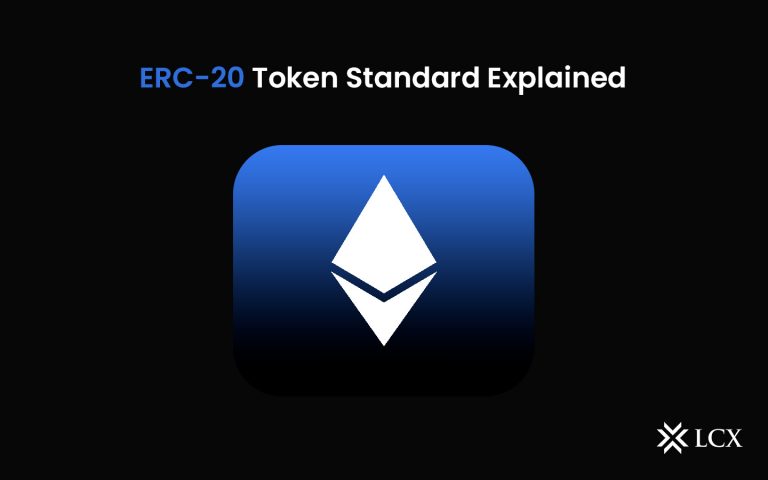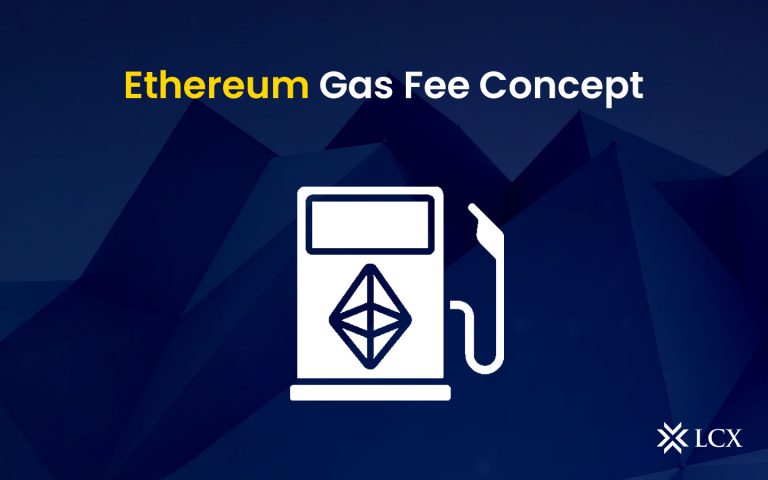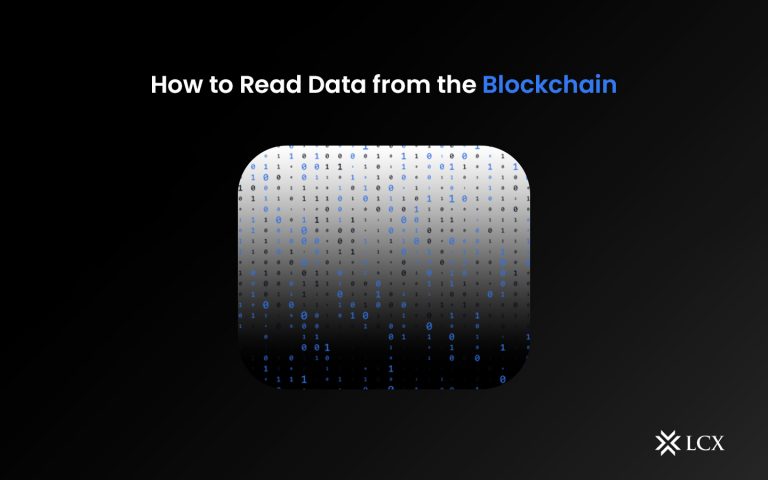In the world of blockchain and cryptocurrencies, consensus algorithms play a vital role in maintaining the integrity and security of the network. One such consensus algorithm that has gained prominence in recent years is Proof of Authority (PoA). Unlike Proof of Work (PoW) and Proof of Stake (PoS), PoA operates on a different set of principles, offering unique advantages and use cases.
What Is Proof of Authority (PoA)?
In the realm of blockchain and cryptocurrencies, consensus algorithms play a crucial role in preserving the network’s integrity and security. Proof of Authority (PoA) is one such algorithm that has acquired prominence in recent years. In contrast to Proof of Work (PoW) and Proof of Stake (PoS), Proof of Authority (PoA) operates on a distinct set of principles and offers distinct advantages and use cases. Proof of Authority (PoA) is a reputation-based consensus algorithm that provides a practicable and efficient solution for blockchain networks, particularly private networks. The expression was proposed in 2017 by Ethereum co-founder and former CTO Gavin Wood.
The PoA consensus algorithm leverages the value of identities, so block validators do not stake currencies but rather their own reputation. Consequently, PoA blockchains are protected by validating nodes that are arbitrarily designated as dependable entities. Proof of Authority is a highly scalable system because it relies on a small number of block validators. The system is moderated by pre-approved participants who verify blocks and transactions.
The PoA consensus algorithm is versatile and regarded as a valuable option for logistical applications. Regarding supply chains, for instance, PoA is regarded as an effective and reasonable solution. The Proof of Authority model permits businesses to maintain their privacy while taking advantage of blockchain technology’s benefits. Microsoft Azure is another example of a company implementing the PoA. In a few words, the Azure platform provides solutions for private networks with a system that does not require a native currency such as ether’s ‘gas’ because mining is unnecessary.
How Does Proof of Authority Work?
PoA is a consensus mechanism that relies on the validation of blockchain transactions by authorized entities. The Proof of Stake vs. Proof of Authority consensus comparison would demonstrate that PoA seeks to provide a scalable and efficient alternative for constructing private blockchain networks.
Proof of Work and Proof of Stake consensus algorithms rely heavily on computational capacity and the amount of cryptocurrency staked for transaction validation. In contrast, Proof of Authority consensus relies on identity as a crucial validation requirement. Proof of Authority consensus provides a more scalable and effective consensus algorithm, as demonstrated by its operation. In establishing the identity of nodes, it is also crucial to emphasise the importance of trust and recognition.
Proof-of-Authority consensus is applicable to permissioned blockchain networks, and the Proof-of-Authority algorithm provides distinct value advantages. The question “What are the benefits of Proof-of-Authority?” can be answered by delving deeply into the mechanisms that power the consensus mechanism. The defining characteristic of Proof of Authority is the selection of validators who will assume responsibility for the consensus mechanism. The identities of the validators, or ‘authorities’ are also verified, and their identities are known to the entire network.
When a blockchain network receives a proposal for a new transaction, the new transaction is communicated to all validators. The authorities independently verify the transaction and ensure that it adheres to the essential network rules and meets the requirements for validity. When the majority of validators or authorities concur that a transaction is valid, it will be included in the new block.
The most significant aspect of a Proof of Authority example would be the selection of the validator used to generate the block. A consensus algorithm, such as weighted random selection or round-robin selection, determines the choice of validator. After a new block has been created, it can be broadcast to all network nodes. Each network node independently verifies the block’s integrity by confirming that it contains valid transactions and the correct links to the preceding block. When a majority of nodes concur that a block is valid, it can be added to the blockchain.
Conditions for Proof of Authority Consensus
Conditions may vary from system to system, but the PoA consensus algorithm typically relies on:
- Valid and reliable identities: validators must verify their actual identities.
- A candidate must be willing to invest money and risk his reputation in order to become a validator. A rigorous procedure reduces the likelihood of selecting dubious validators and encourages long-term commitment.
- A requirement for validator approval is that the procedure for selecting validators must be consistent for all candidates.
The essence of the reputation mechanism is the certainty behind the identity of a validator. This cannot be a simple procedure or one that would be readily abandoned. It must be able to weed out undesirable participants. Lastly, ensuring that all validators undergo the same procedure ensures the integrity and dependability of the system.
Advantages of Proof of Authority
Efficiency: PoA is highly efficient, as it doesn’t require the energy-intensive mining process seen in PoW or the extensive staking capital of PoS. This makes it an eco-friendly alternative.
Speed: Transactions on PoA networks are fast and have low latency due to the predefined set of validators and their quick validation process.
Security: The reputation and identity of validators make PoA networks resilient against Sybil attacks and other malicious activities. Validators have a vested interest in maintaining the network’s integrity.
Governance: PoA networks are often used in private or consortium blockchains where governance is essential. Validators can make decisions collectively based on the network’s requirements.
Scalability: PoA networks can scale efficiently since the number of validators is not limited by resource constraints as seen in PoW or PoS.
Drawbacks of Proof of Authority
Centralization: PoA networks can be criticized for centralization, as validators are chosen entities. This could lead to concerns about potential collusion or concentration of power.
Limited Decentralization: While PoA provides security benefits, it may not offer the same level of decentralization as PoW or PoS, which could be a concern for some applications.
Sybil Attacks on Validators: If a malicious entity gains control of a majority of validators, it could compromise the network’s integrity.
PoA Common Attacks
Distributed Denial-of-service attacks(DDos): A Distributed Denial-of-Service (DDoS) attack is an attempt to render an online service unavailable by flooding it with traffic from multiple sources. An attacker transmits a large number of transactions and blocks to a network node in an effort to disrupt its operation and render it inaccessible. Due to the pre-authentication of network nodes by the PoA mechanism, only nodes that can withstand DoS attacks can be granted block generation rights.
51% attack: In PoA consensus, a 51% attack necessitates an attacker obtaining control over 51% of network nodes. This differs from the 51% attack for Proof-of-Work consensus types, in which an attacker must possess 51% of the network’s computational capacity. Controlling the nodes in a permissioned blockchain network is much more difficult than acquiring computational capacity.
With Proof-of-Authority, individuals acquire the right to become validators, so there is an incentive to maintain the position. Validators are rewarded with repute, allowing them to maintain their authority as nodes. PoA only permits non-consecutive block approval from any validator, thereby centralizing the risk of severe harm to the authority node.
Conclusion
Proof of Authority (PoA) is a consensus algorithm that focuses on identity, reputation, and trust within a blockchain network. It offers significant advantages in terms of efficiency, security, and scalability, making it a valuable choice for specific use cases, particularly in enterprise and consortium settings. However, PoA’s centralization and limited decentralization aspects should be carefully considered when evaluating its suitability for a particular application. As the blockchain space continues to evolve, PoA will likely play a pivotal role in shaping the future of decentralized technologies.
